Price of sacrifice to rise manifold
Visitors to cattle markets say animals have become unaffordable this year
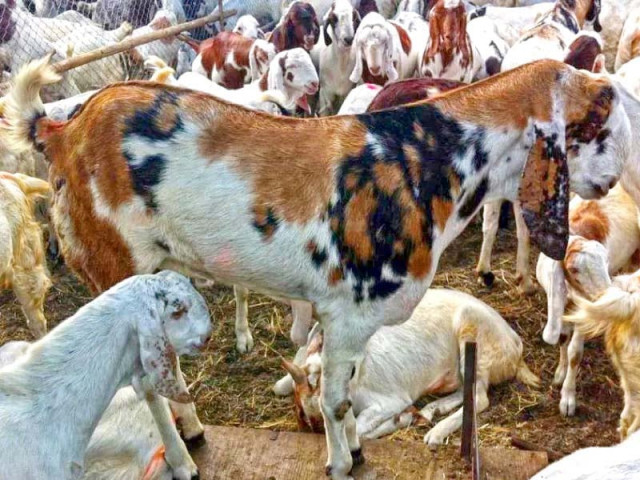
PHOTO: FILE
In order to pick up the momentum, the city administration has announced the setting up of seven makeshift sacrificial markets in different areas of the provincial capital. These markets will be made functional from July 25 (tomorrow) as all necessary arrangements have been completed, including cleanliness, security, traffic management and parking.
Why sacrificing animals on Eidul Azha is a good ritual
Speaking to The Express Tribune, a spokesman for the city administration said the sale of sacrificial animals has not picked in city markets as of yet.
The local administration has strictly warned animal traders not to sell sacrificial animals outside designated cattle markets and sale points. Lahore Deputy Commissioner Saleha Saeed has already instructed the Punjab Agriculture and Meat Company (PAMCO) to ensure the cleanliness of cattle markets. She also ordered officials concerned to set up special camps for fumigation to avoid Congo or other viruses that have a tendency to spread.
A sacrificial animal trader, Allah Rakha, says a large amount of livestock has already reached city markets, but only a few customers are showing interest. “Generally, citizens are visiting cattle markets just to gauge prices, which are higher in comparison of previous years due to high animal raising and transport costs.
Eidul Azha: ‘28,000 tonnes of animal waste buried at four sites’
A cattle farmer, Muhammad Ilyas, says like all other commodities, the prices of sacrificial animals have also multiplied due to the increase in petroleum products. “Citizens generally ask us about the connection of petroleum prices with sacrificial animals because they ignore the fact that farmers and traders pay thousands of rupees to transport their livestock to urban centers,” the trader points out. “An Increase in fuel prices has also increased the cost of other commodities which animals consume,” he maintains.
A citizen, Ahmad Raza, complains that the prices of almost all sacrificial animals are quite high and beyond the reach of the salaried or middle-income class.
eople decry hide warehouses in city
Another local, Ismail Bhatti, says he is visiting different sacrificial animal markets to observe the price trends. “I believe prices will come down a couple of days before eid as it will not be beneficial for farmers and livestock traders to take these animals back to their hometowns. Freight cost is really high due to the hike in fuel prices,” he says.
The market survey indicates that the price of a normal size goat ranges between Rs35,000 and 75,000, while sheep are between Rs30,000 and Rs 55,000 at different sale points of the provincial metropolis. Cow and camel prices are hovering between Rs75,000 to Rs160,000, depending on the health and appearance of the animal.
Published in The Express Tribune, July 24th, 2019.

1675249047-0/image-(18)1675249047-0-208x130.webp)

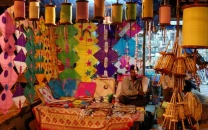
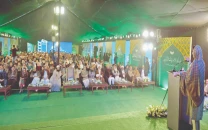
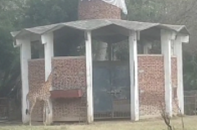
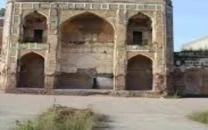












COMMENTS
Comments are moderated and generally will be posted if they are on-topic and not abusive.
For more information, please see our Comments FAQ